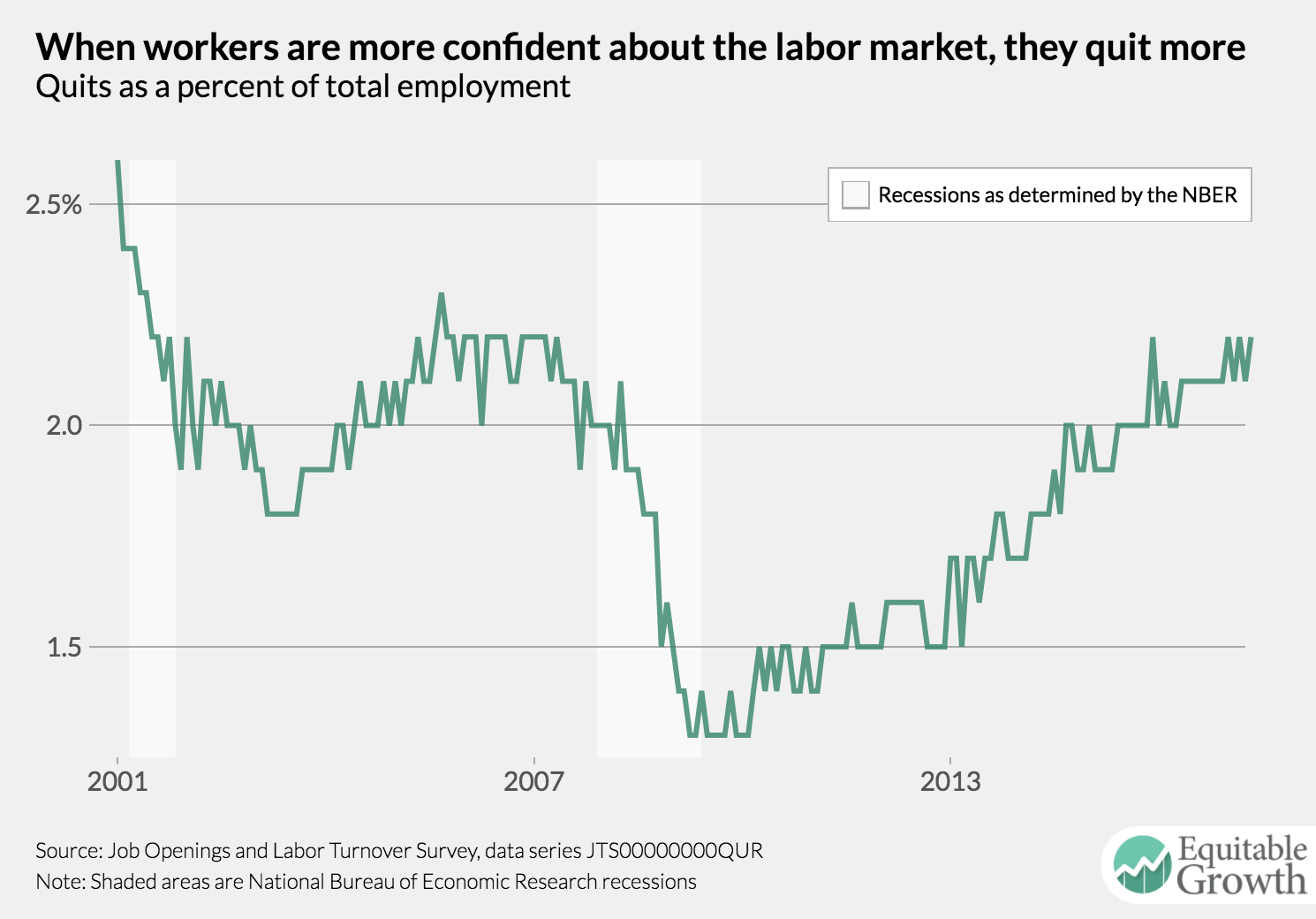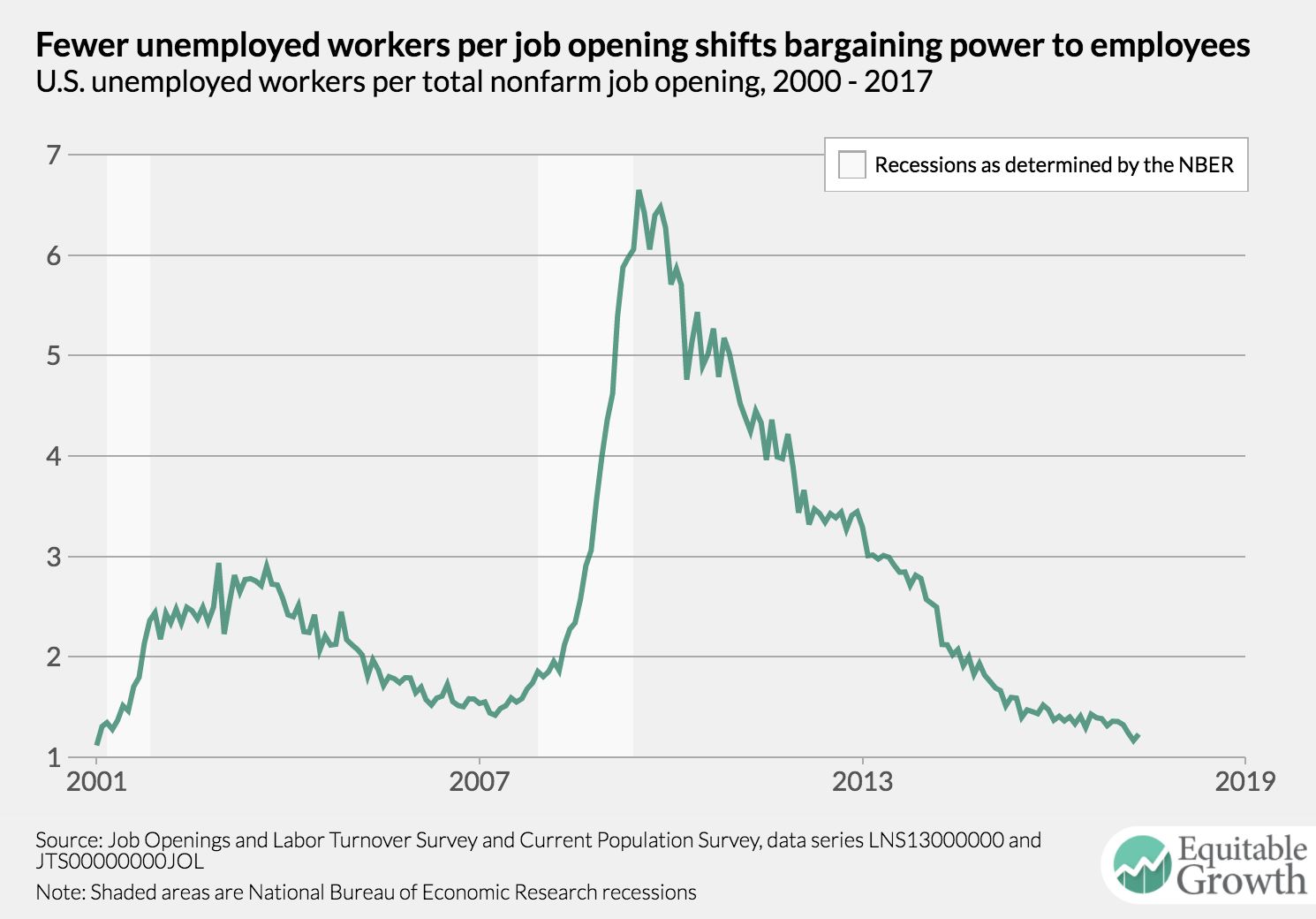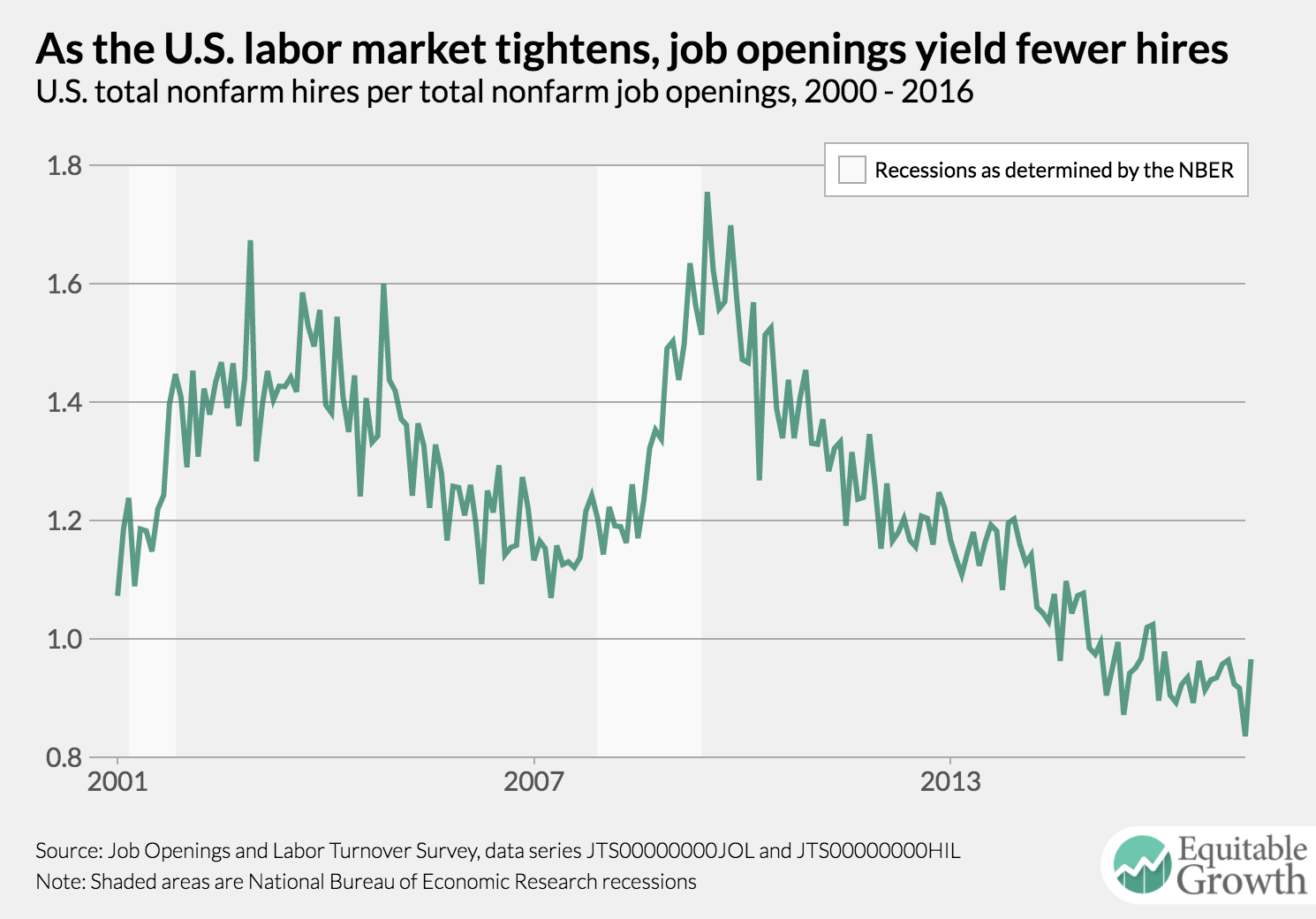
Sometimes when policymakers try to compensate for a deficiency in an economy, they can go overboard and create a problem with excess. During the late 1970s and early 1980s, the U.S. economy appeared to be suffering from a lack of credit. Policymakers worked to solve that problem and increased the flow of credit. Credit growth did improve as a number of states deregulated their lending institutions, but at what cost? The short-term gains of an increase in credit supply led to a boom, but the medium-term effects aren’t entirely clear. Was the boom due to increased business investment that created a foundation for a stronger economy? Or did it lead instead to a boost in demand that was not sustainable in the long run?
In a new paper released yesterday as an Equitable Growth working paper, economists Atif Mian of Princeton University, Amir Sufi of the University of Chicago, and Emil Verner, also of Princeton, show the potential downsides for an economy when credit growth jumps upward.
During the late 1970s and early 1980s, the United States went through a period of banking deregulation, letting banks from different states compete in each others’ markets. The result was increased access to capital as financial institutions decided to lend more. Importantly—at least for the empirical approach of this paper—the states didn’t deregulate all at once. The difference in timing allows Mian, Sufi, and Verner to tease out the impact of banking deregulation on states’ economies.
What they find is that the shock of increasing the supply of credit led to a more pronounced business cycle: a bigger boom during the 1982–1989 expansion and a stronger decline during the 1989–1992 recessionary period. How this happened was due primarily to where the credit flowed once the supply was increased. Let’s simplify their findings a bit here and assume there’s two main ways the credit could flow. The first is increased lending to businesses, which leads to more investment and higher productivity growth. The second is lending that took the form of loans to households, which strengthened local demand.
Mian, Sufi, and Verner’s results are more consistent with the second case. The increase in credit during this period is almost entirely channeled toward household loans in the form of real estate lending. States that deregulated early saw a much larger increase in household debt as well as bigger increases in home prices. At the same time, those states also had larger increases in employment in “non-tradable” sectors—think retail or construction—as well as stronger wage growth in those industries compared with tradable industries such as manufacturing. There was also stronger price growth in the non-tradable sectors.
All these factors made the recessions that followed the economic booms in that period more severe. The increased demand led to higher wages in the less productive non-tradable sector and higher prices in the non-tradable sector. The higher wages required more layoffs when the downturns hit, while higher prices in non-tradable industries meant that those states’ local economies were less competitive.
This pattern is familiar to anyone who’s paid attention to the state of the European economy in the 21st century. The introduction of the euro in 1999 increased credit flows to countries such as Greece and Spain, acting in a similar way to the increase in credit from deregulation in the United States in that earlier period. The result, at least in Spain, was a large boost to household debt and the construction industry, followed by a housing bust, recession, and a grindingly slow economic recovery.
It’s hard to tell at this point the long-term effects of credit-supply shocks, at least in the wake of banking deregulation in the United States four decades ago, because the estimates from Mian, Sufi, and Verner for the long-term effects aren’t precise enough to come to firm conclusions. Further research is needed. But this research should keep us alert to the very real possibility that increasing the supply of credit in an economy might not be everywhere and always a positive force.



